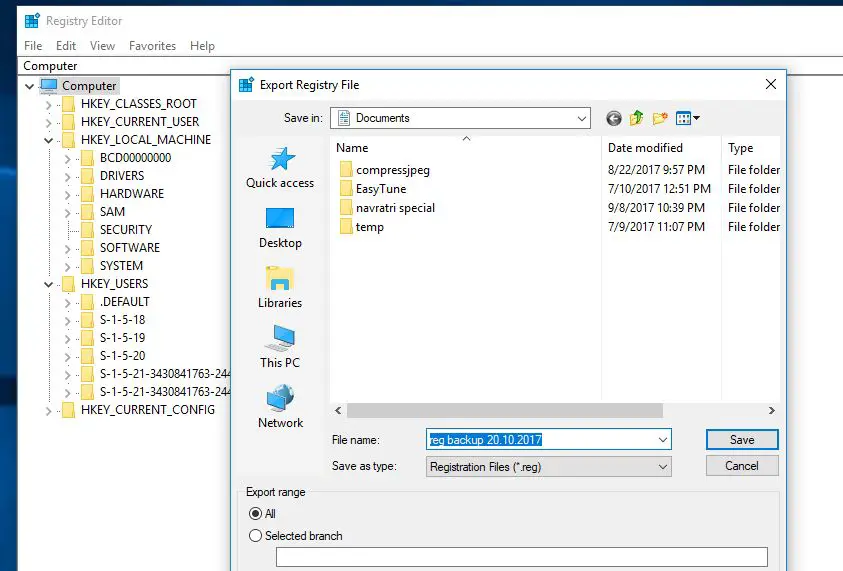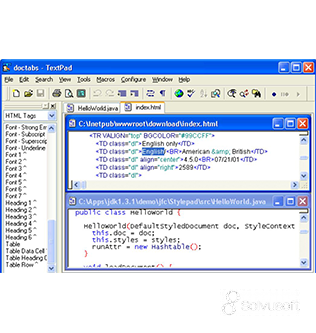
#Textpad 8 and the windows registry keygen


To change to the CurrentVersion registry container first: Set-Location -Path Registry::HKEY_LOCAL_MACHINE\SOFTWARE\Microsoft\Windows\CurrentVersionĪlternatively, you can use the built-in HKLM PSDrive with Set-Location: Set-Location -Path hklm:\SOFTWARE\Microsoft\Windows\CurrentVersion You can use the *.* notation for referring to the current location. PSPath, PSParentPath, PSChildName, and PSProvider. The Windows PowerShell-related properties for the key are all prefixed with "PS", such as PSProvider : \RegistryĬommonFilesDir : C:\Program Files\Common Files PSParentPath : \Registry::HKEY_LOCAL_MACHINE\SO PSPath : \Registry::HKEY_LOCAL_MACHINE\SO To view the registry entries in a more readable form, use Get-ItemProperty: Get-ItemProperty -Path Registry::HKEY_LOCAL_MACHINE\SOFTWARE\Microsoft\Windows\CurrentVersion The following command selects the Property property and expands the items so that they areĭisplayed in a list: Get-Item -Path Registry::HKEY_LOCAL_MACHINE\SOFTWARE\Microsoft\Windows\CurrentVersion | Have a property with the generic name of "Property" that is a list of registry entries in the key. HKEY_LOCAL_MACHINE\Software\Microsoft\Windows\CurrentVersion, use Get-Item. For example, to see the names of the entries in the registry key There are many different ways to examine registry entries. To take a slightly different approach when working with them. Because registry entries are properties of keys and, as such, cannot be directly browsed, we need


 0 kommentar(er)
0 kommentar(er)
